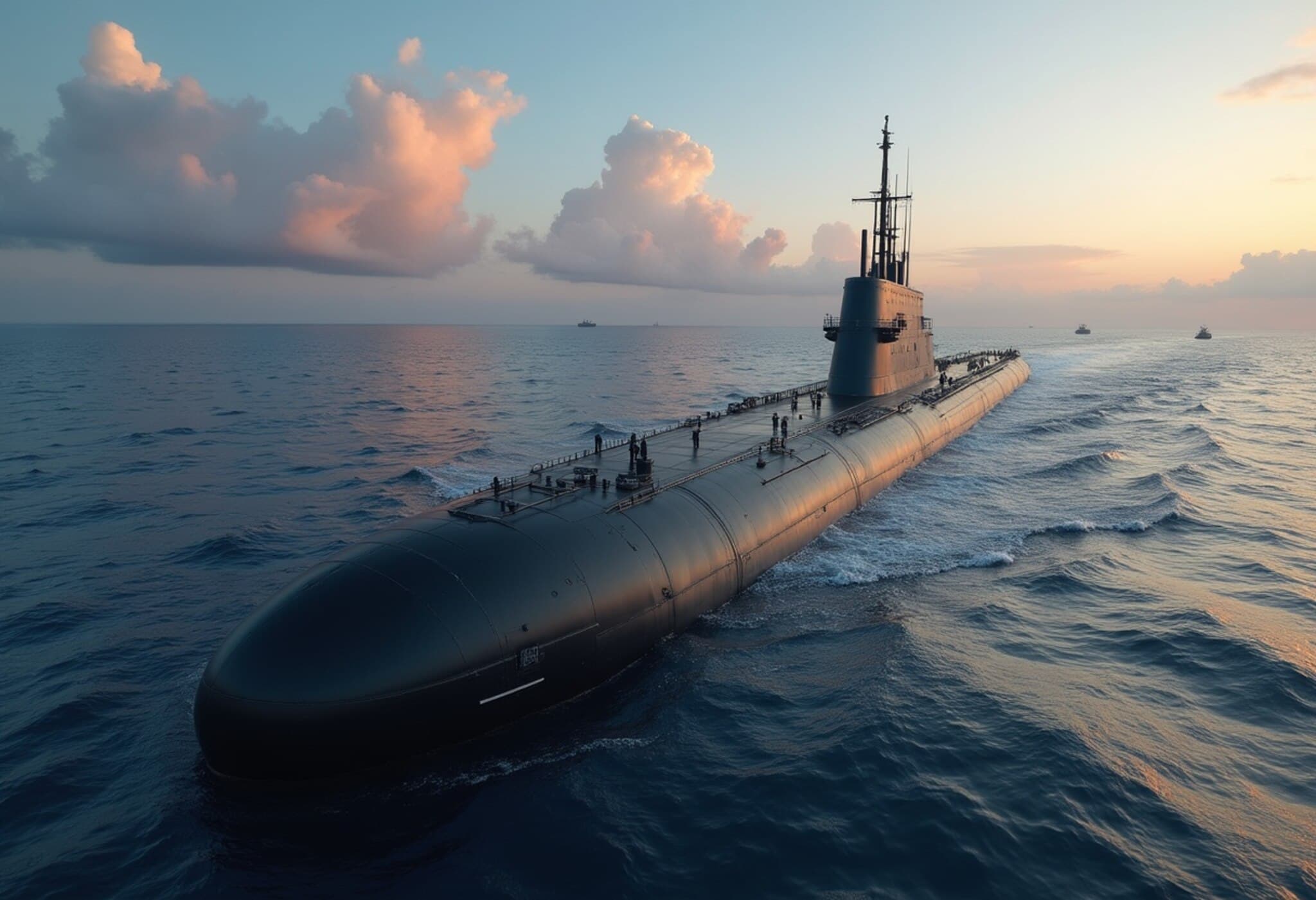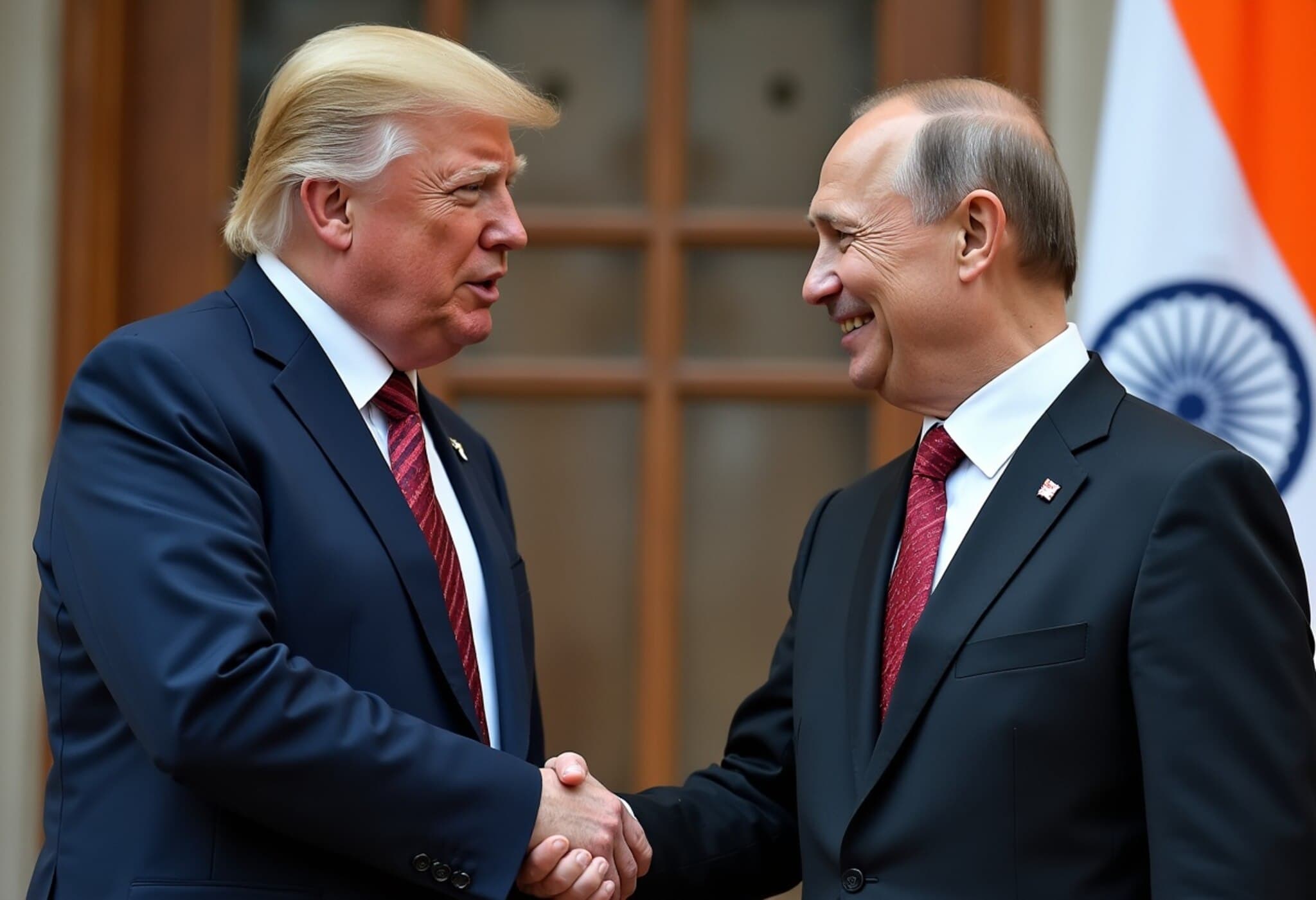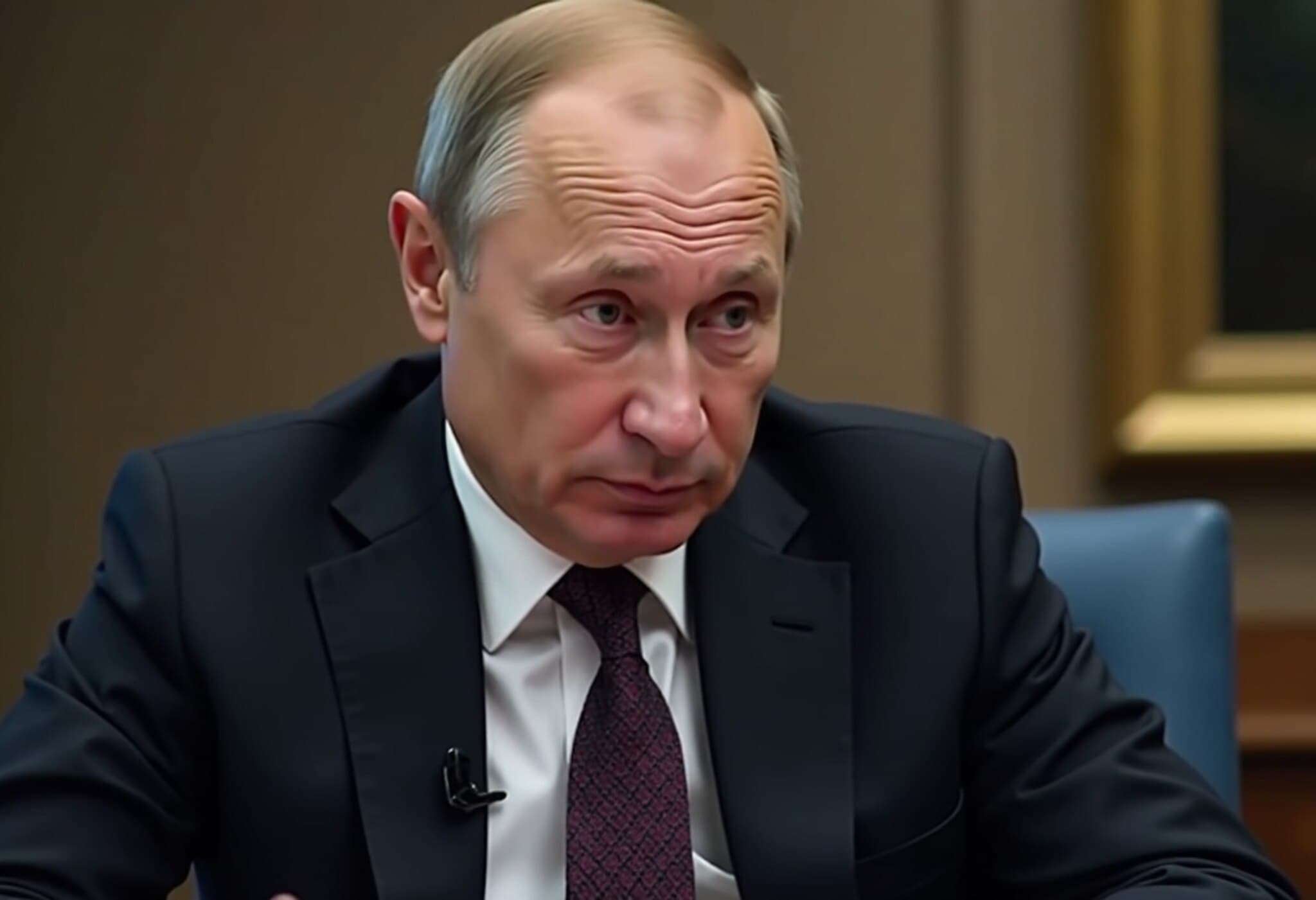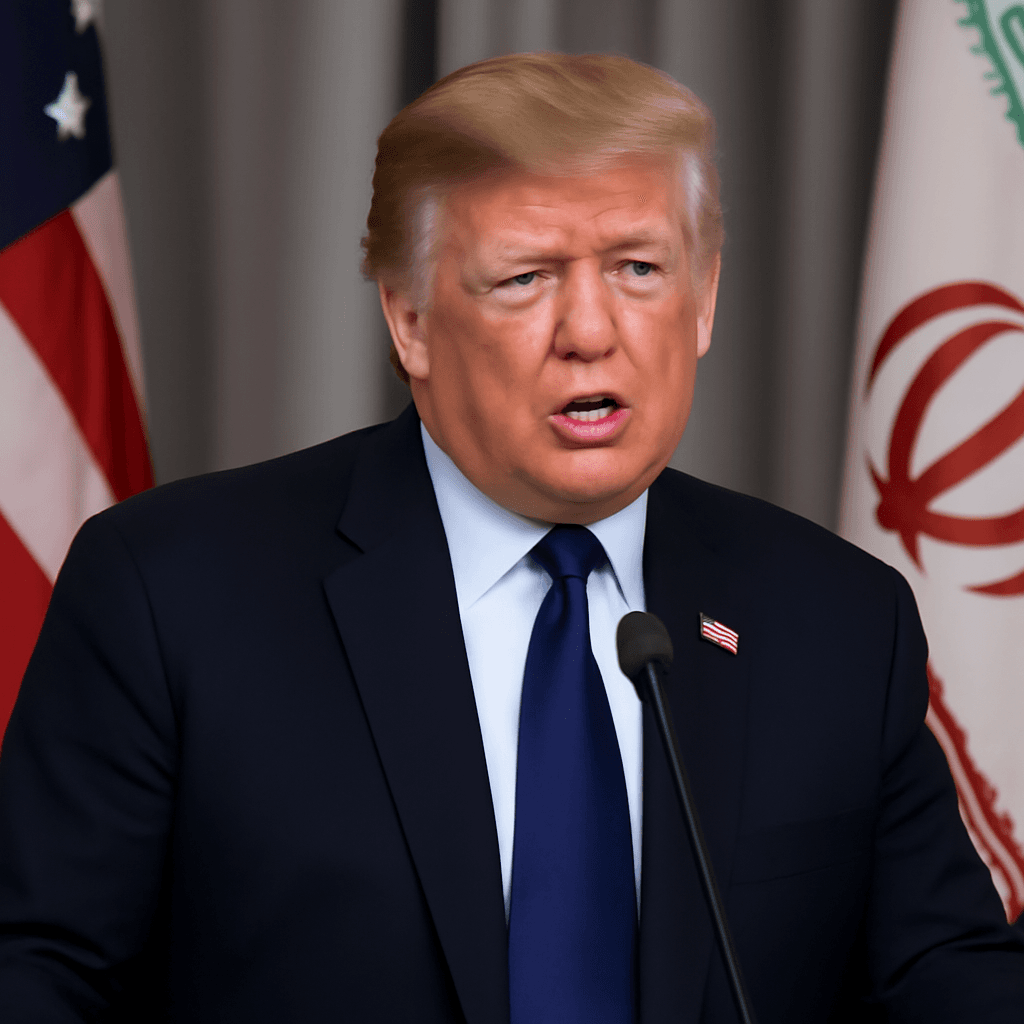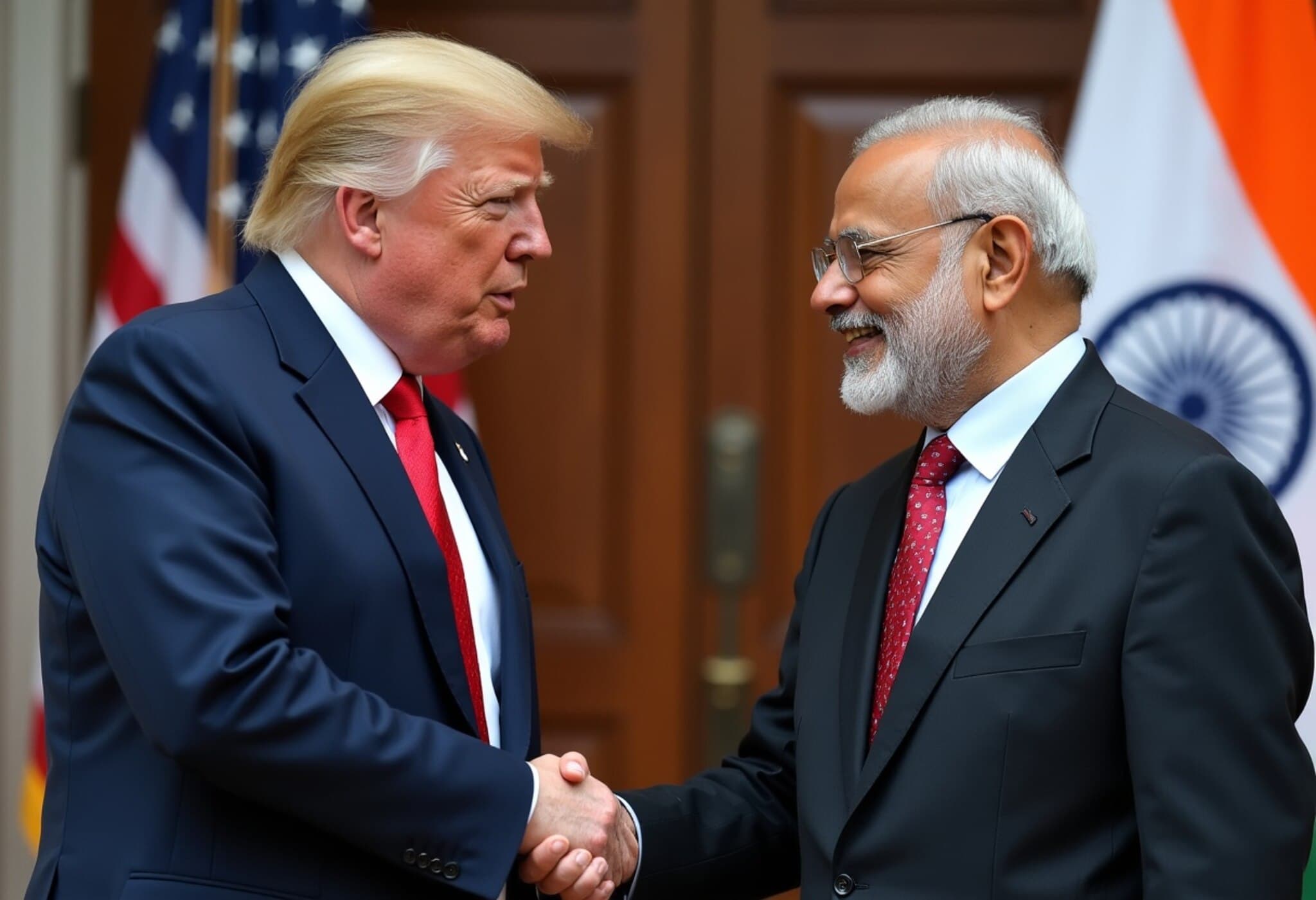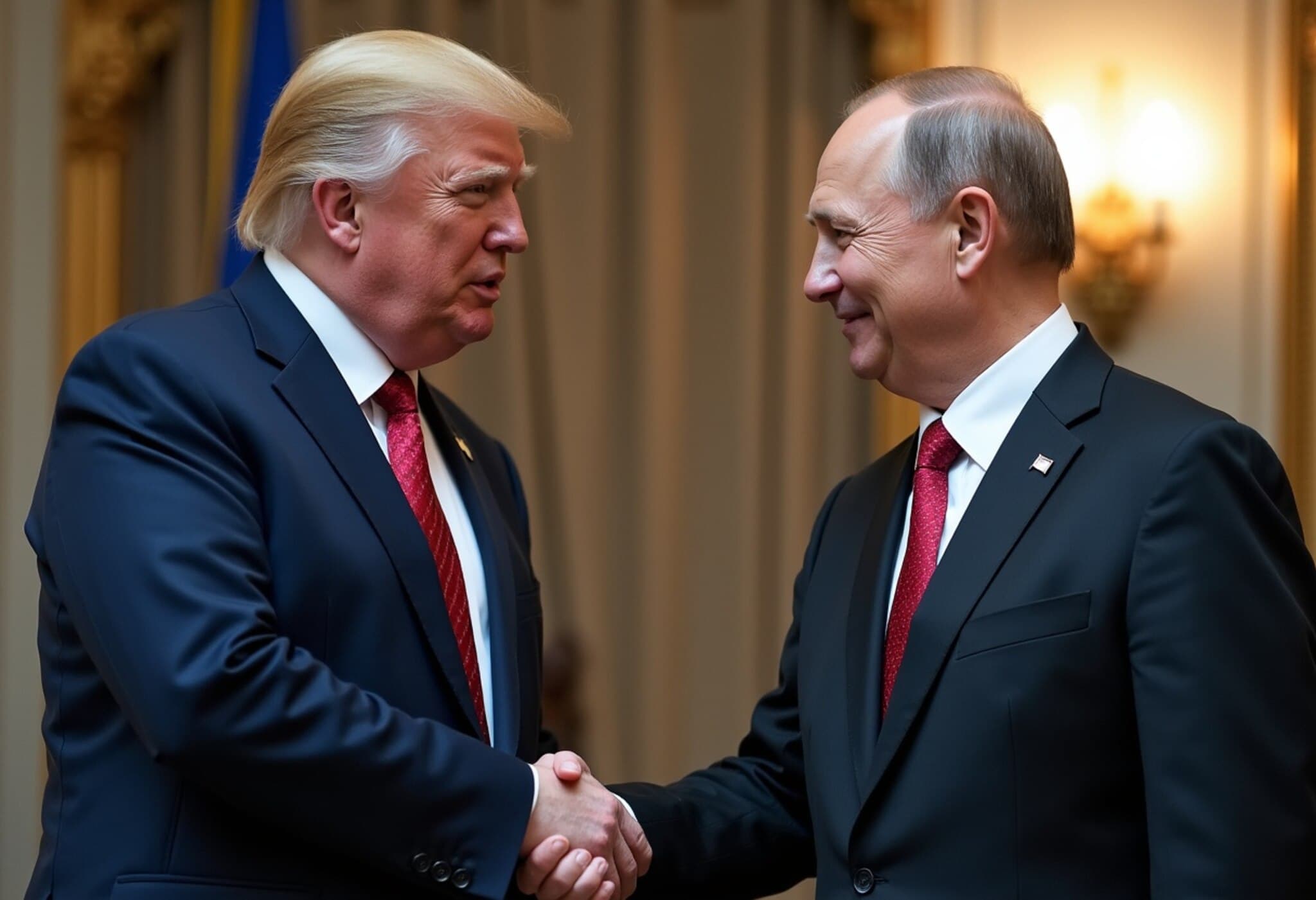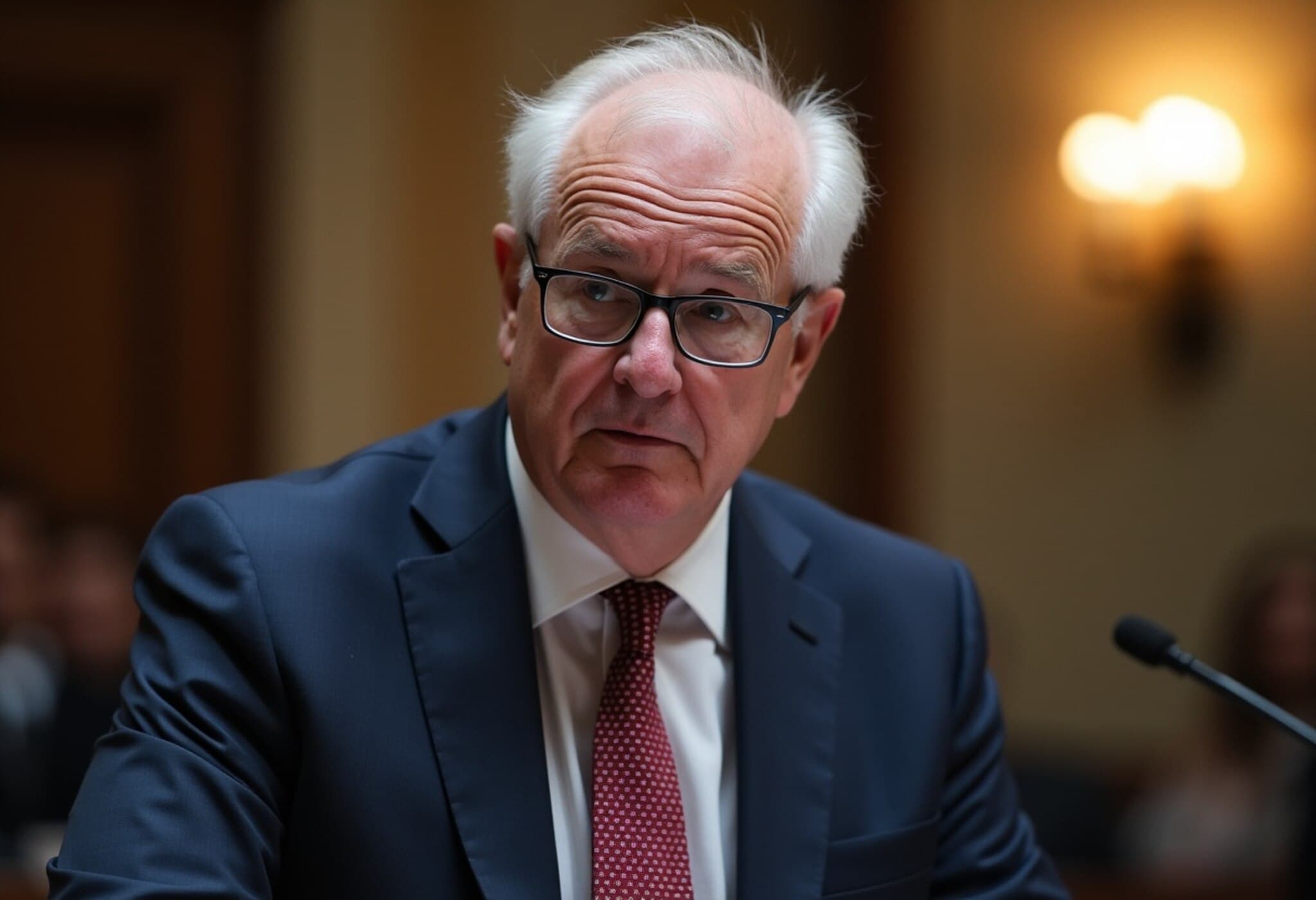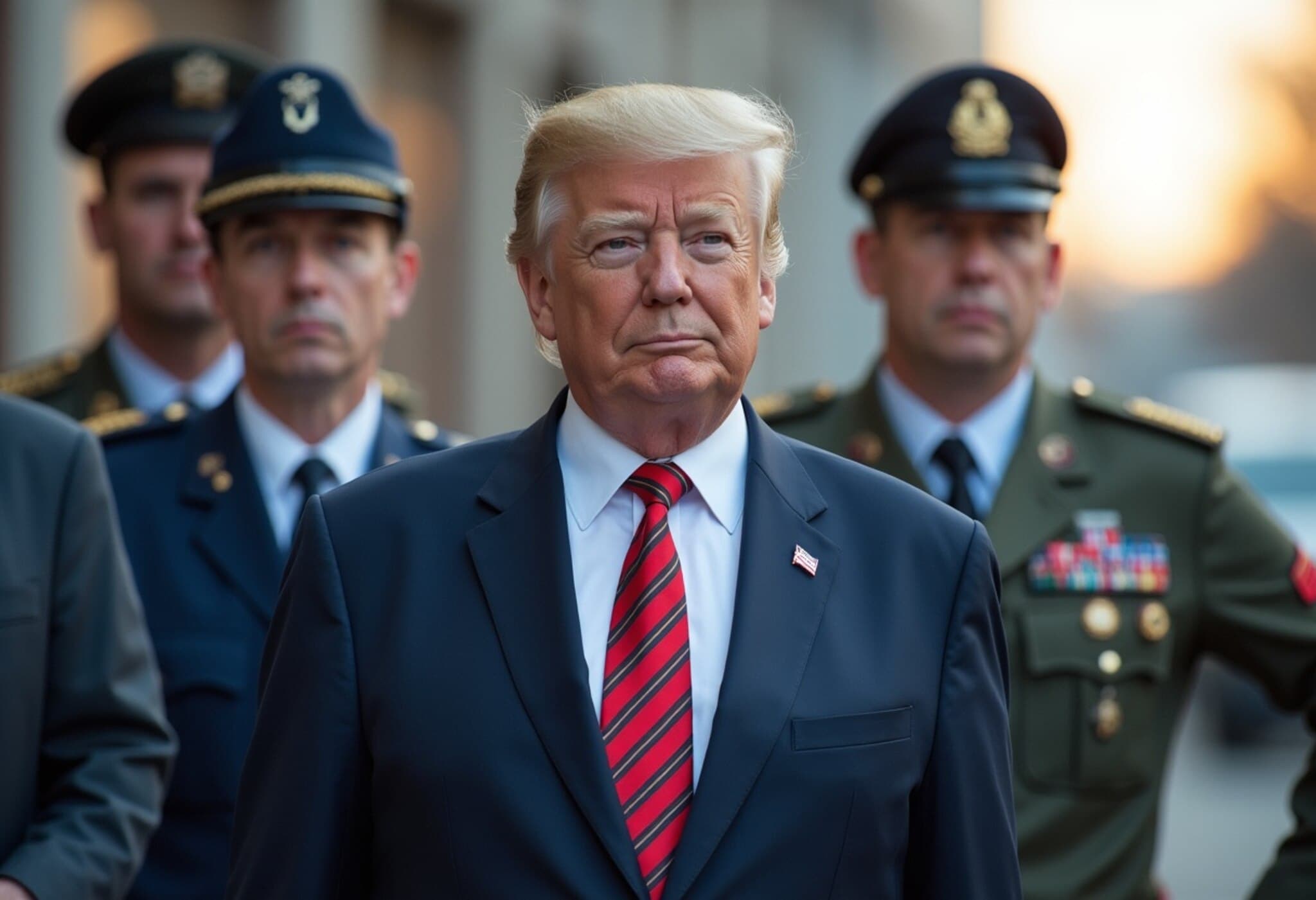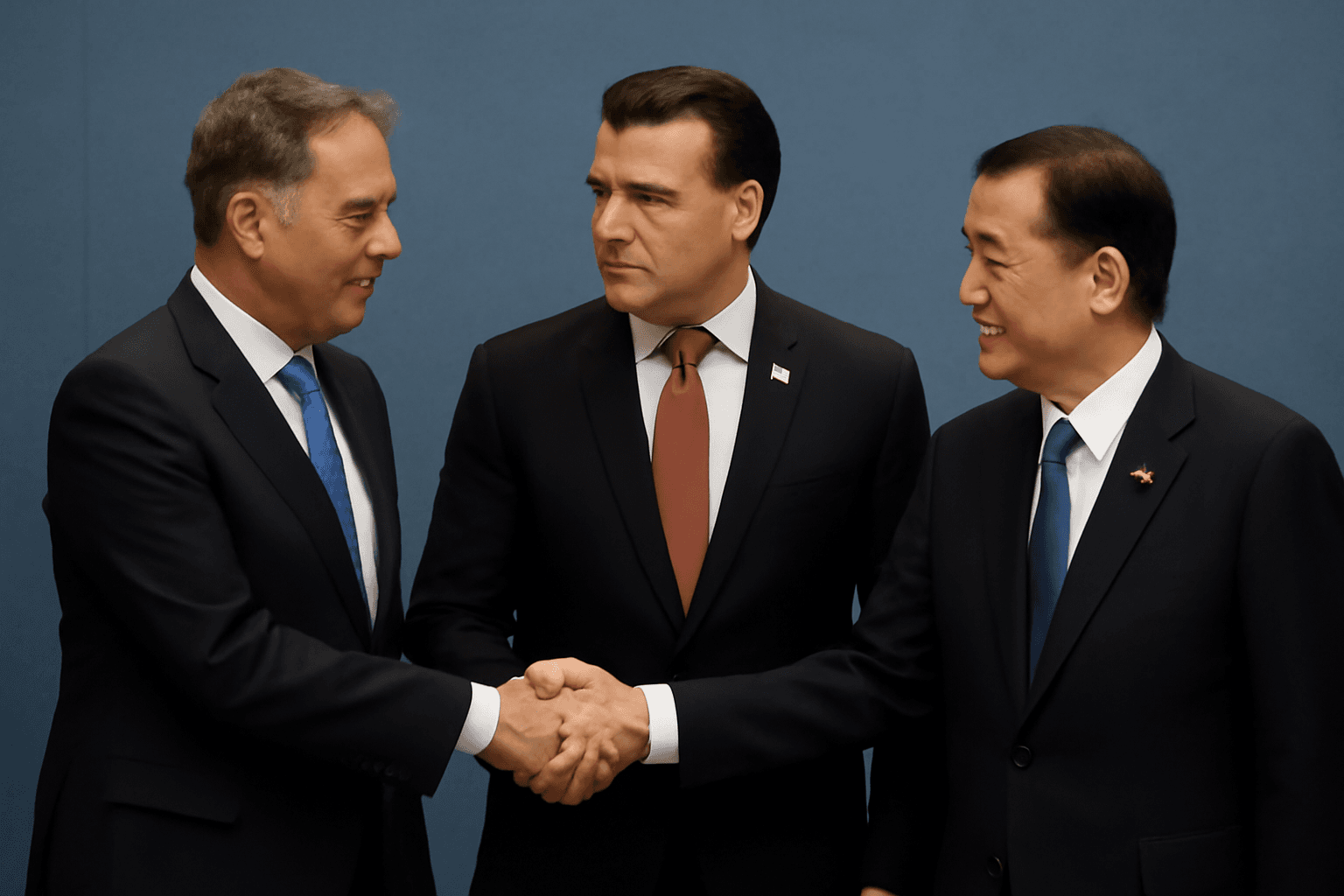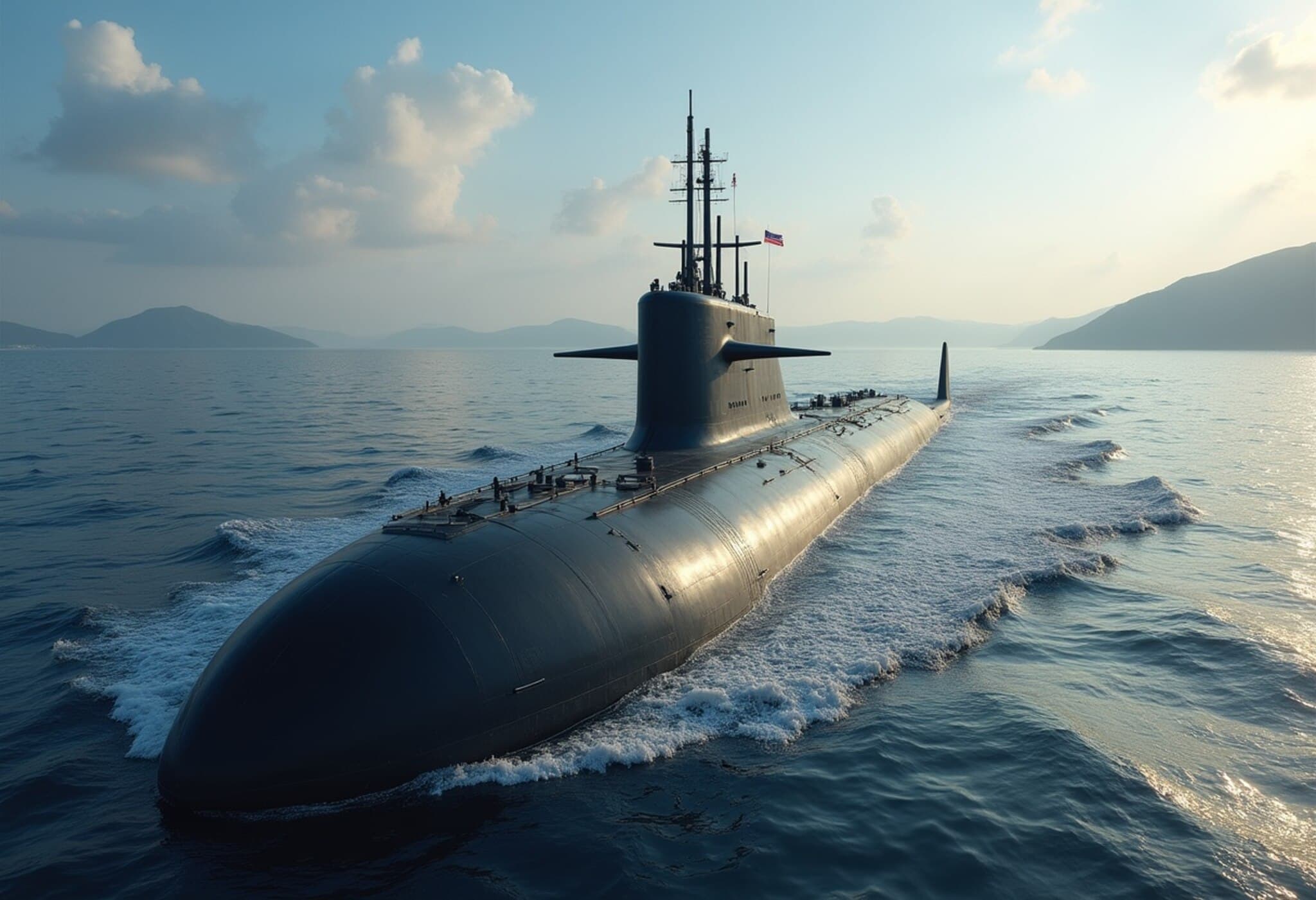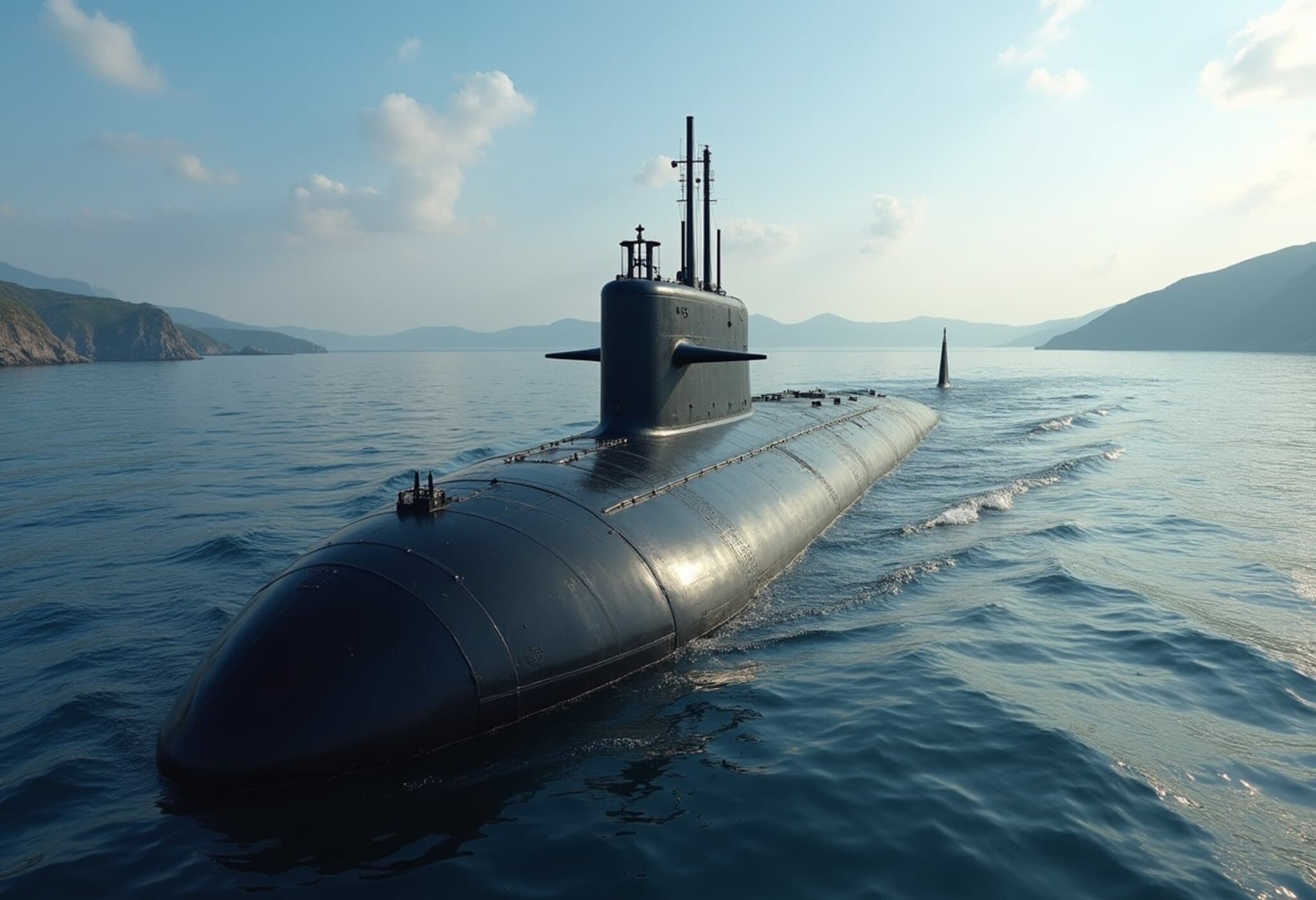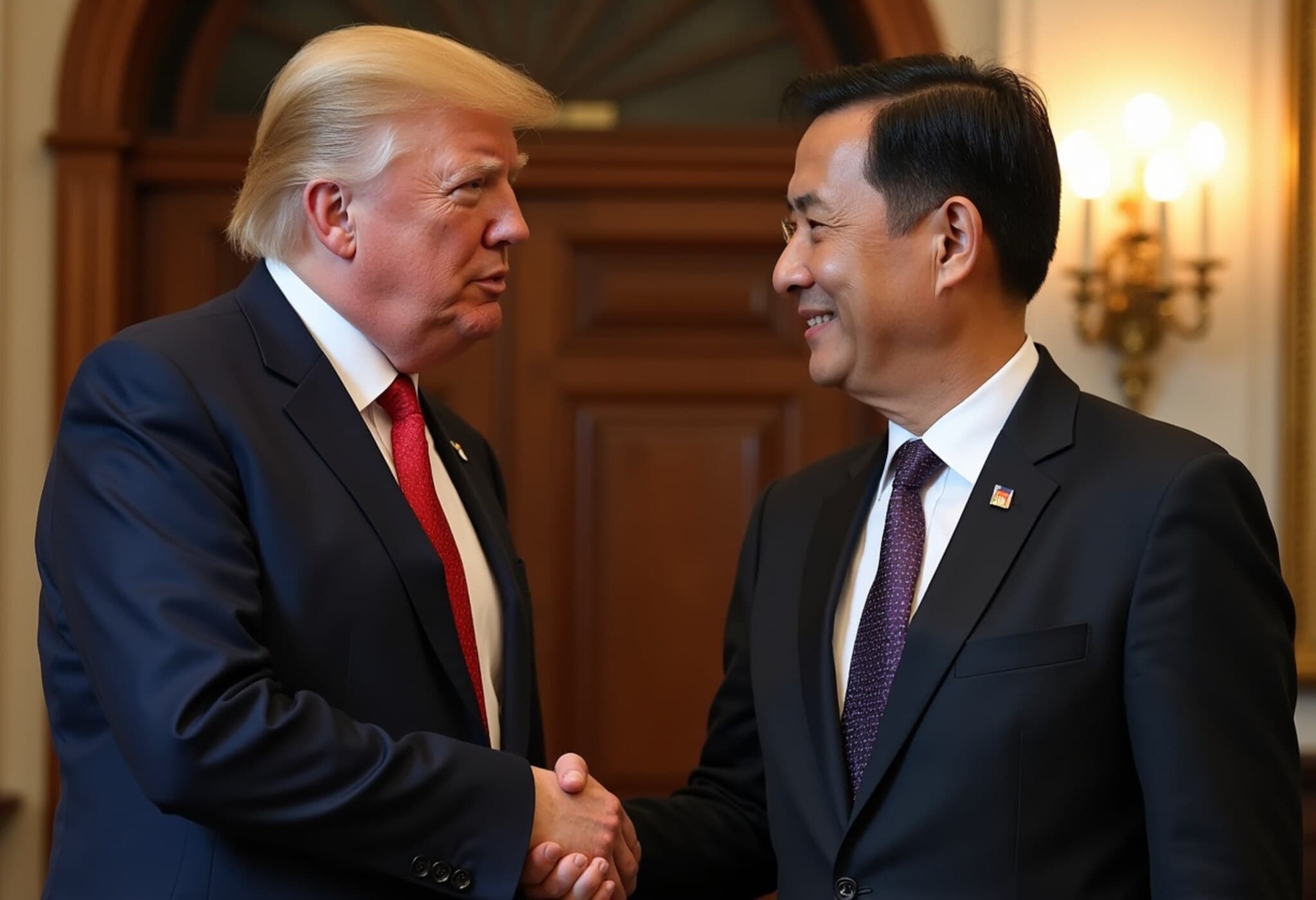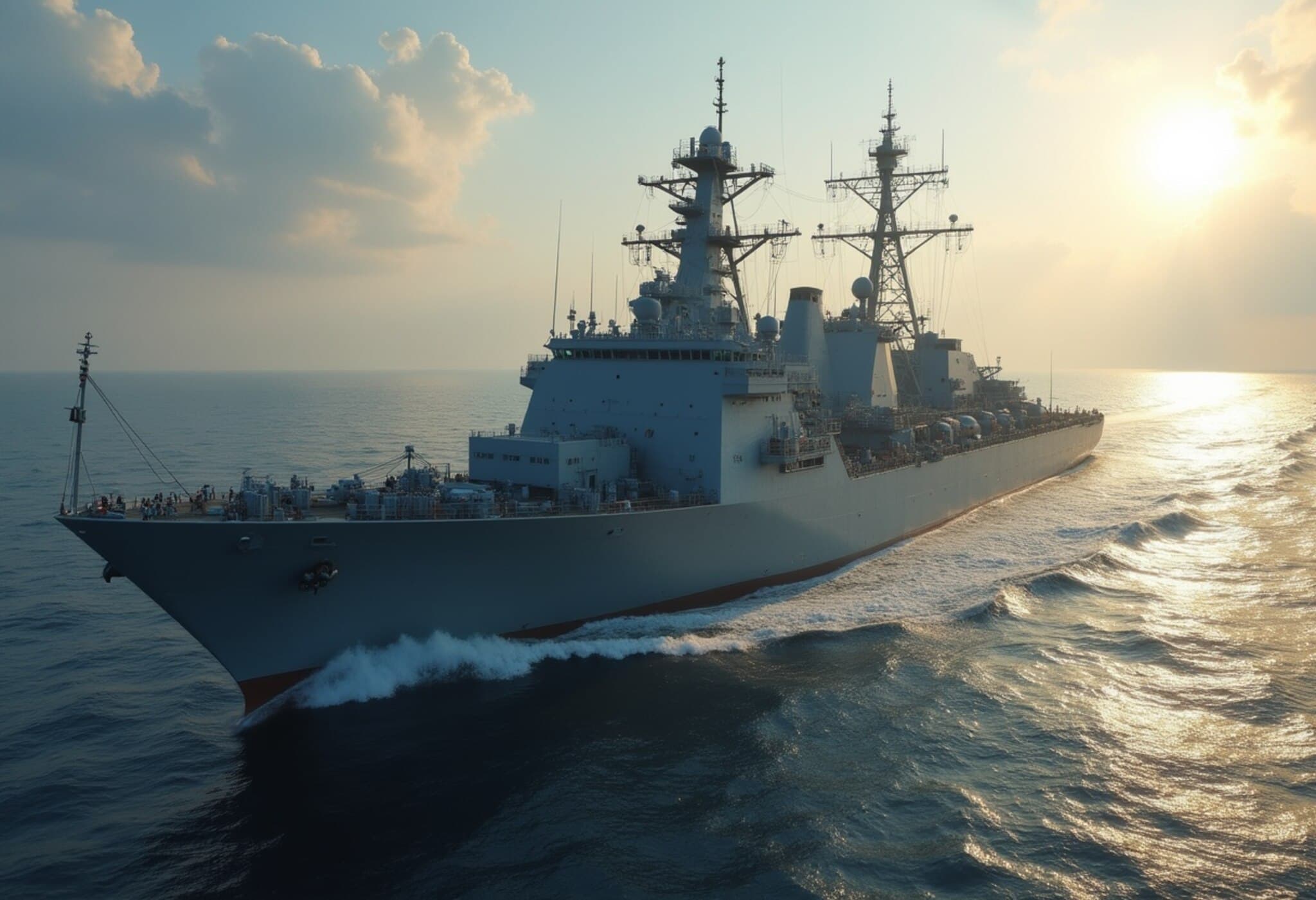UK and Australia Cement Long-Term Commitment to AUKUS Amid Trump Era Doubts
In a bold strategic move, the United Kingdom and Australia have agreed to sign a 50-year treaty that solidifies their partnership under the AUKUS defence alliance. This monumental agreement, valued at approximately $41 billion, aims to enhance submarine construction and defence cooperation despite growing uncertainties within the United States administration headed by former President Donald Trump.
AUKUS Under Pressure: Navigating the Trump Administration’s Ambivalence
Since the inception of AUKUS in 2021, the trilateral pact between the UK, US, and Australia has faced intense scrutiny, not least from the Trump White House and its advisers. Concerns have mounted over whether the US would sustain its commitment to the pact, especially during an ongoing Pentagon review led by Elbridge Colby, a known skeptic of the alliance’s extension. Against this uncertain backdrop, the UK and Australian governments’ decision to independently cement their bilateral relationship reveals an adaptive strategy to maintain momentum.
Prime Ministers Keir Starmer and Anthony Albanese share a personal rapport that has bolstered this partnership, providing much-needed political stability as Trump's team reassesses AUKUS. Their joint commitment was underscored during recent G7 meetings and is now positioned to culminate in formal signing ceremonies coinciding with annual AUKMIN talks later this week.
Economic and Industrial Implications: A $41 Billion Boost for UK Shipyards
The treaty pledges significant investment to upscale shipbuilding capabilities, focusing on a new generation of nuclear-powered submarines with shared designs for both nations. Notably, this venture promises to create over 7,000 British jobs within key shipyards, delivering enduring economic benefits alongside enhanced defence capabilities.
While Australian financial commitments remain less explicitly detailed, the country’s substantial $4 billion investment in Rolls-Royce’s nuclear propulsion systems underscores a shared industrial vision. These technology transfers, crucial for manufacturing submarine nuclear reactors, rely heavily on longstanding defence agreements with the US dating back to 1958, amplifying the importance of sustained American cooperation.
Strategic Dynamics in the Indo-Pacific: The UK’s Expanding Role
The new treaty explicitly anchors AUKUS as a framework to safeguard a “free and open Indo-Pacific,” an increasingly contested region crucial to global security. UK Foreign Secretary David Lammy emphasized that the UK-Australian relationship is "like no other," capable of driving peace and growth.
Yet, the UK's deeper Indo-Pacific engagement has not been without controversy. Reports from diplomatic circles reveal Pentagon voices questioning the UK’s presence in the Pacific, with suggestions from adviser Colby that UK naval assets might be overstretched or misallocated. British officials counter these views by framing modern security threats as inherently global, necessitating broader multilateral participation.
Joint Military Exercises Highlight Operational Unity
Amid these high-level maneuvers, real-world military collaboration is in full swing. The ongoing Talisman Sabre exercise, one of the largest multilateral drills in the region, features more than 40,000 personnel from 19 nations, including a significant British contingent of around 3,000 troops. This operational presence reinforces strategic messages about alliance cohesion and readiness.
Expert Perspective: The Path Ahead for AUKUS
From a policy analyst’s standpoint, the UK-Australia treaty serves as a critical hedge against fluctuating US political winds, particularly as American defence priorities may shift between administrations. This bilateral safeguard not only solidifies joint industrial capacities but reaffirms political alliances vital for maintaining balance in the Indo-Pacific amidst rising Chinese assertiveness.
Nevertheless, questions linger about resource strains and diplomatic friction. The UK’s dual commitment to Atlantic and Indo-Pacific theatres demands nuanced capability management, while maintaining US support remains pivotal—highlighting the delicate interdependence within this trilateral pact.
Underreported Dimensions
- Long-term industrial sovereignty: The transfer of nuclear propulsion technology from the UK to Australia signals a strategic pivot enabling Canberra to develop autonomous defence capabilities, reducing dependency on the US.
- Economic implications beyond defence: The treaty promises to energize local economies on both sides, with tens of thousands of high-skilled jobs expected over decades, a significant political selling point domestically.
- Diplomatic messaging to the Indo-Pacific region: By doubling down on their partnership, the UK and Australia send a clear signal to regional actors about their commitment to stability and security, even if US strategy remains in flux.
Editor’s Note
The 50-year UK-Australia AUKUS treaty emerges as a fascinating case study in modern defence diplomacy—where nations adapt to unpredictable allies by forging resilient bilateral bonds. As strategic competition intensifies across the Indo-Pacific, this deal illustrates how shared values and long-term vision can build a robust framework, even amid shifting geopolitical sands. Yet, balancing industrial ambitions, alliance loyalties, and regional responsibilities will test both nations’ diplomatic and operational agility in the years ahead.

